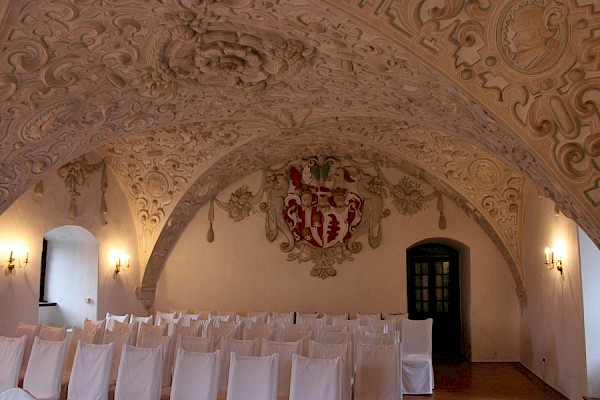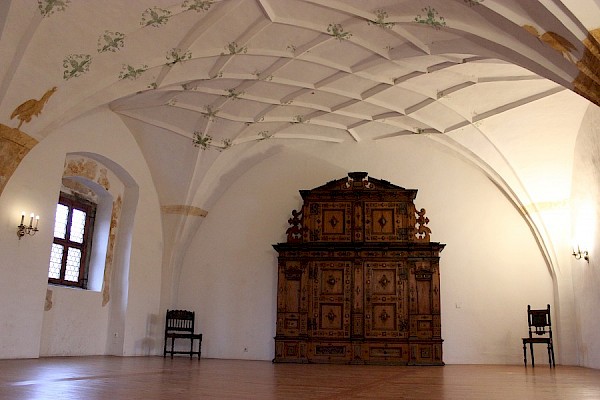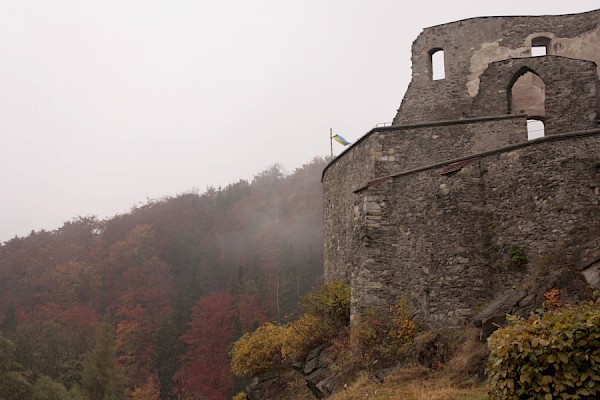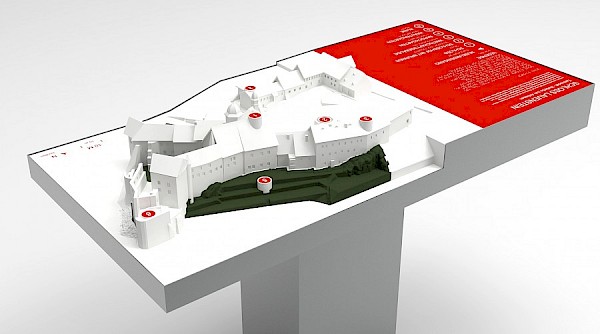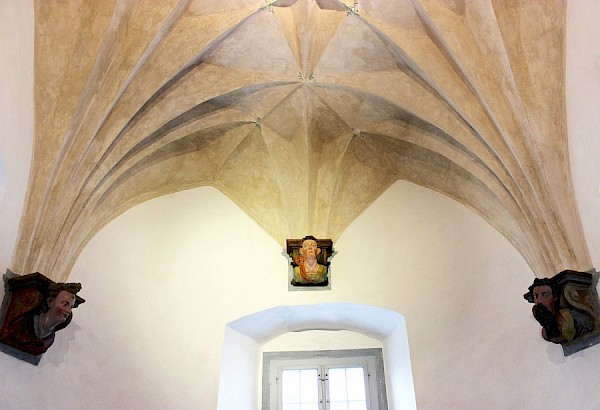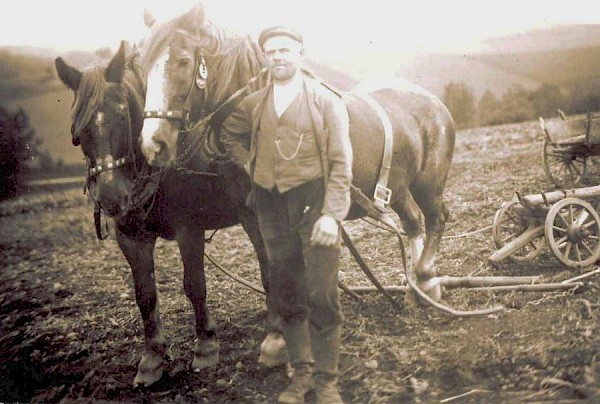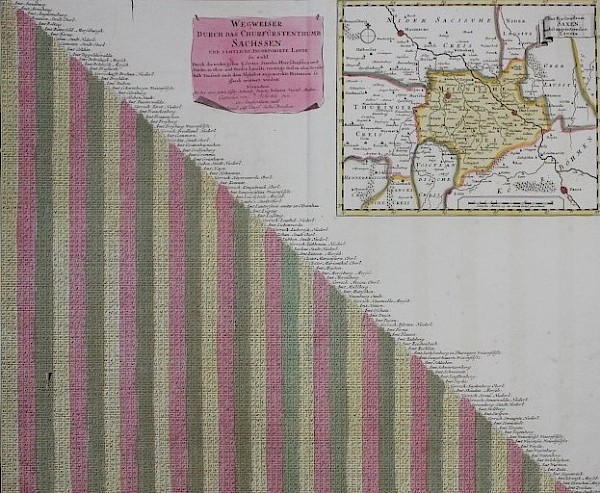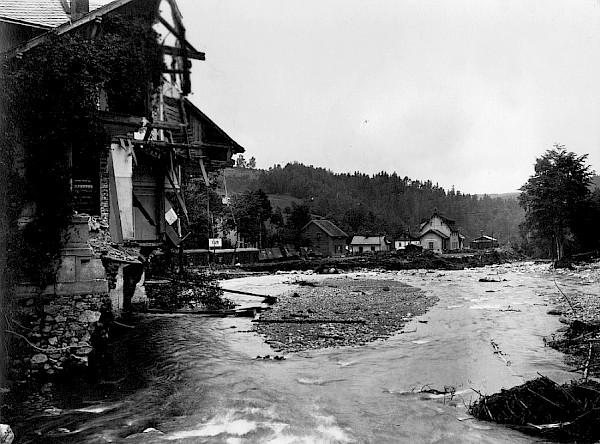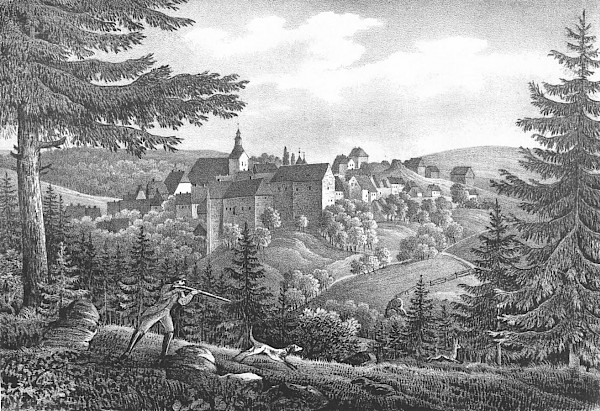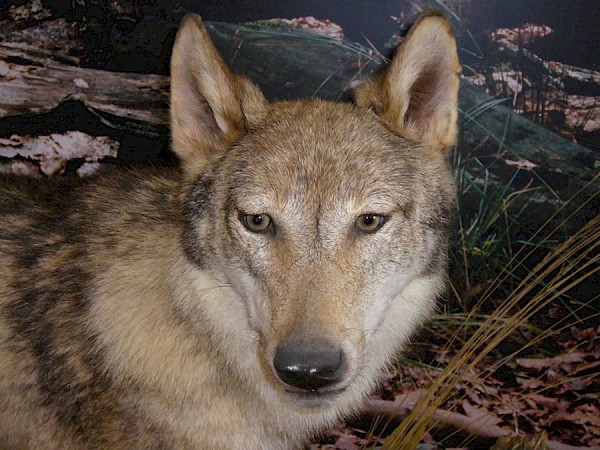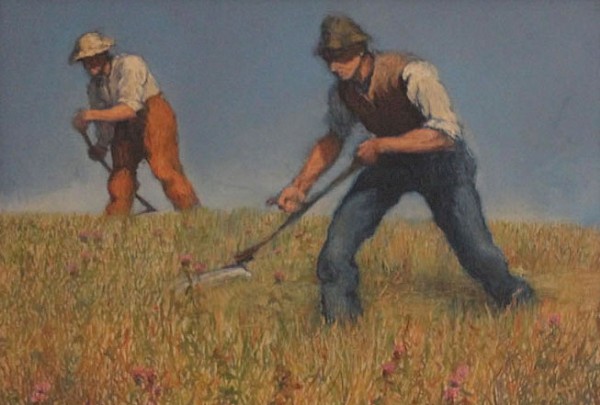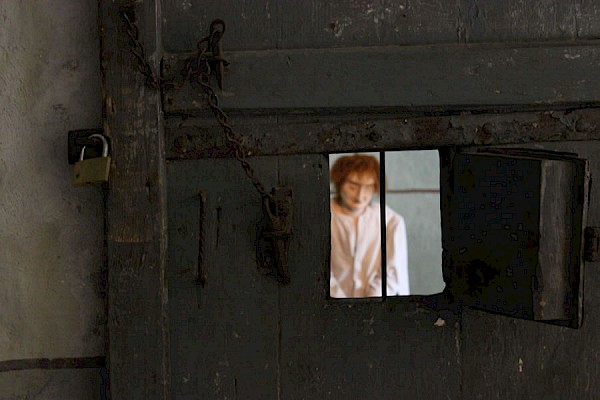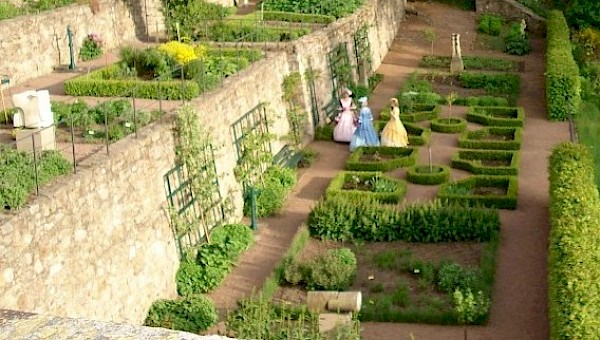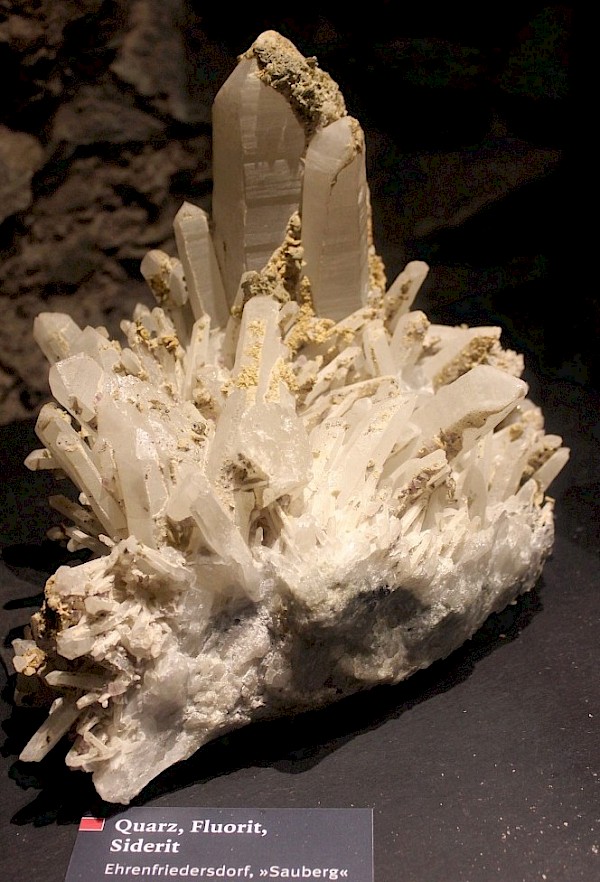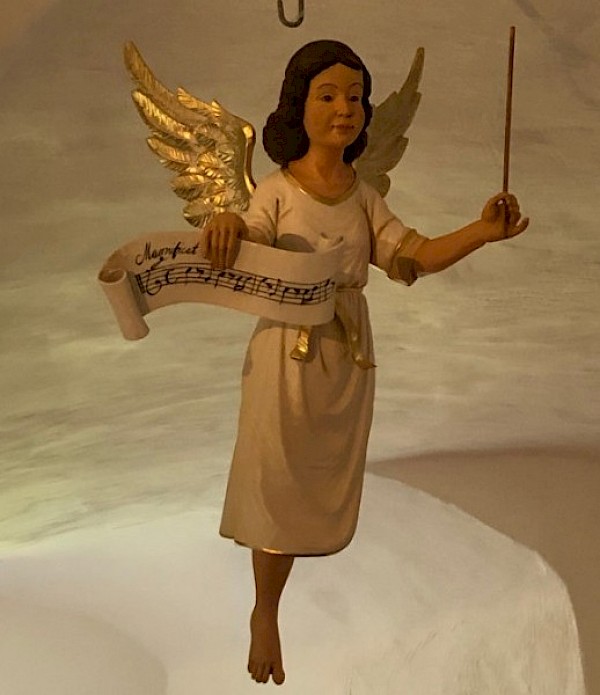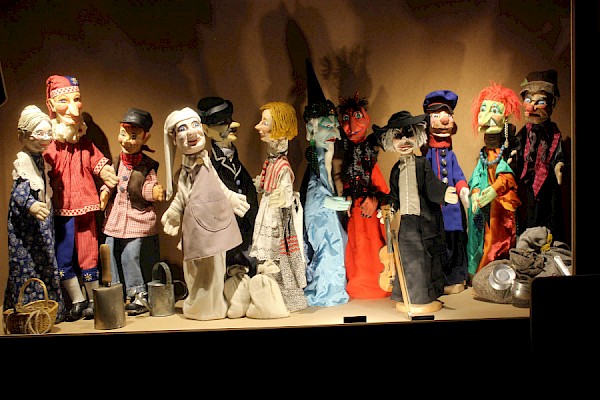A magical castle
Coat of Arms Hall: This splendid hall with its unique, stucco ceiling from 1609 hosts regularly resound concerts, weddings are celebrated and there are interesting presentations held. It reminds the artistry of the lords of Bünau, who were able to expand the castle at that time.
The castle chapel: Religion played an important role in the life of the once-established lords of the castle. The chapel bears witness to this. It was built around 1500 in the Gothic style and rebuilt in the 19th century. Valuable consoles made of sandstone, which were created around 1600 and adorned the great trumpet hall at the time of its creation, can be admired here.
The Birds Hall: The Vogelsaal impresses with its valuable paintings from the beginning of the 17th century. The double-armed star vault is painted with renaissance ornamentation and animal representations. On the window reveals, restorers were able to remove fragments of wall painting.

